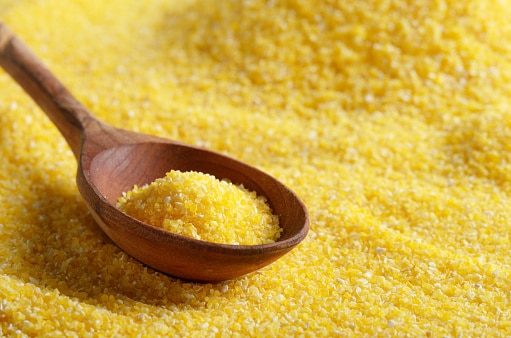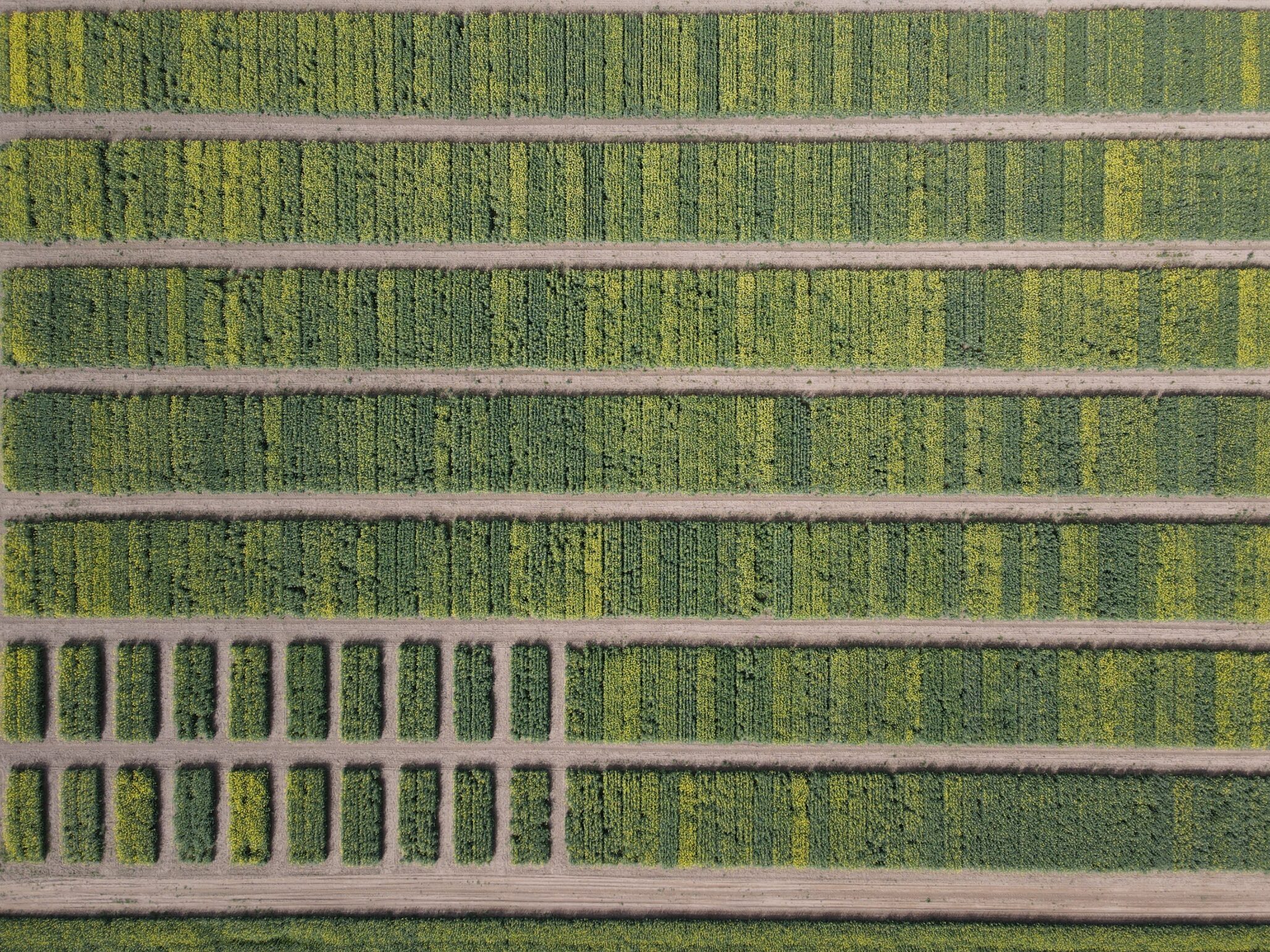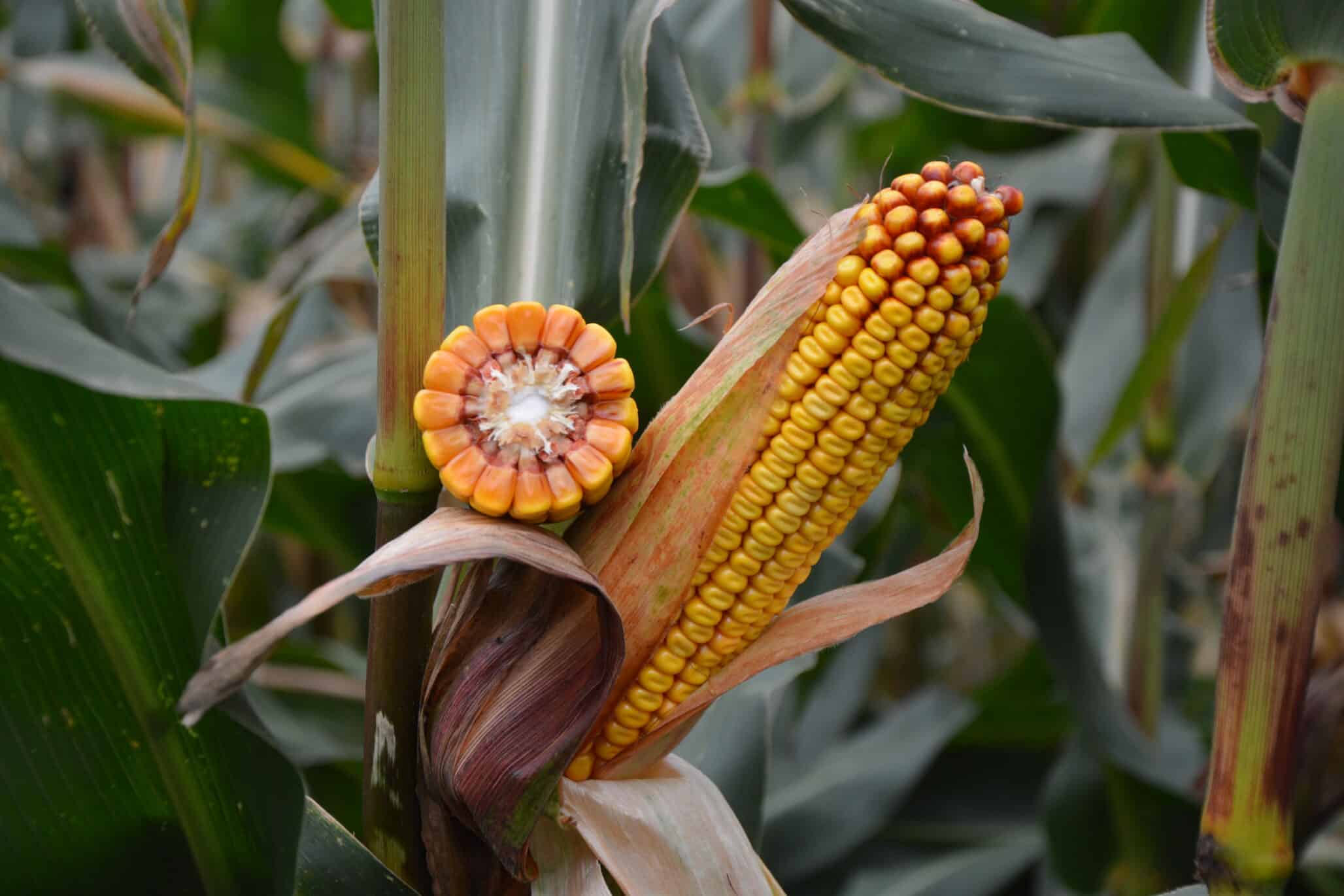Worldwide, 30 million tonnes (Mt) of grain corn are produced per year for semolina milling, predominantly in South America. Europe produces a total of approximately 2 Mt, with two leading corn-producing countries, Italy and France. France produces around 0.4 Mt, mostly in the Northeast and Centre-West.
In Europe, there is a need for 1.6 Mt, 70 per cent of which is produced in European countries while the remaining 30 per cent is imported, mainly from Argentina. Europe exports about 0.4 Mt. These exchanges are due to the specific properties of different types of grain. France exports 65 per cent of its production, and countries such as Poland and Romania are developing semolina corn cultivation and processing. This type of production provides added value to corn farmers and price security. In Europe, there are three major players in the processing sector and production is used for brewing, savoury biscuit snacks, cornflakes and breakfast cereals, and various other uses (ready meals, baby food, etc.).
Processed corn grain is used for various products with specific outlets. For example, different types of flours, derived from very fine components of the floury kernel, intermediate semolina, grits, coarser hominies from vitreous kernels, and germ used to produce oil. Market specificity is essentially linked to climate in terms of earliness, but also the production site, for example in breeding areas there may be a need for mixed semolina grain and silage varieties, allowing farmers to diversify and adapt the destination of their production according to needs and yields.
The main characteristic is the gross semolina yield linked to the grain’s vitreousness, with the dent-like and dent-flint varieties being the most suitable. Manufacturers are looking for homogeneous kernels that make it easier to adjust their machines, healthy kernels, a low kernel breakage susceptibility and easy separation of the germ. And of course, we must not forget the intrinsic characteristics of corn cultivation: yield, earliness adapted to the region of production, resistance to lodging.
As a result of the merger of Caussade Semences and Euralis Semences, Lidea can draw on broad genetic diversity. Within this diversity, Lidea has a specific gene flow that is recognised for its excellent semolina profile. While the grain market is essentially and increasingly composed of dent-like varieties, Lidea continues to improve flint-like varieties and to create hybrids adapted to the cultivation of grain corn while possessing the properties required by the semolina industry. After selecting the most productive varieties, we perform the necessary tests through an independent laboratory as well as through a manufacturer to identify the best varieties.
Lidea’s R&D is mobilised in this area at all levels. The Lidea selection team is strengthening its research by working more closely to the source with a dedicated nursery and specific testing. The biotechnology team is developing tools to assist selection by molecular marking. The technological innovation department is developing high-speed analysis methods by infra-analyser, to analyse a greater number of hybrids and identify the best ones more quickly. Finally, the development department is strengthening its links with manufacturers to test varieties early on in the breeding cycle. The main improvement focus is on high yields and semolina quality that is best suited to the sector. We are also working on earliness, to find later varieties for the Romanian market, but also on the semolina grain-silage mix for breeding areas.









